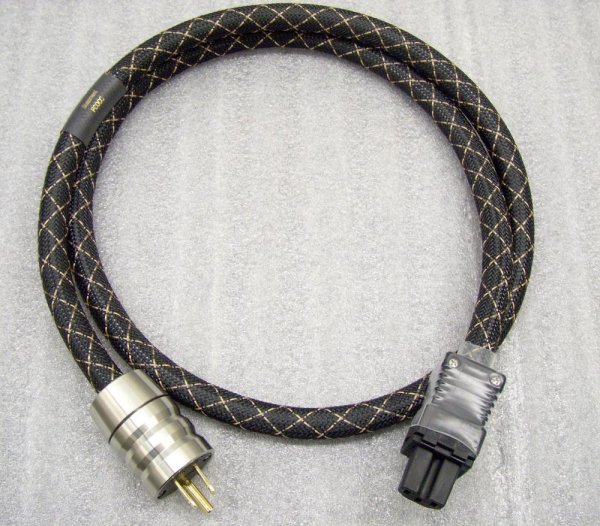I have switched all of my power cords over to Pangea (AC-9SE, AC-9, AC-14SE) I tell you, people who don't think power cords make a difference are missing the boat. Now I realize there are more expensive cords out there but, for the money, these Pangea's have made a huge difference to my system. The bottom end is bigger, and tighter. imaging much wider, noise floor...nice. Now it takes a little time for these to break in, when I first switched I'm like, these sound like sh*#, But as they broke in, it was...wow. I do have to mention that I do have the PS Audio P-10 Power Plant which takes the power out of the wall and turns it into DC (which cleans it up) and then turns it back into AC, which made a huge difference. But for those on a budget, I suggest going Pangea. Audio Advisor has them on sale, very reasonable.













